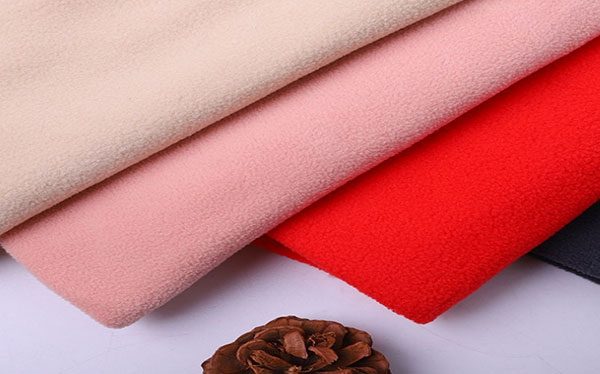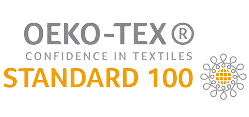
Fleece fabric is a soft, light and warm textile material. It is generally preferred in clothing used in cold weather conditions.
The properties and production process of polar fabric are as follows:
### Properties of Fleece Fabric
– **Material:** Generally produced from polyester. This material is preferred because it is durable and lightweight.
– **Thermal Insulation:** Polar fabric provides good thermal insulation thanks to its fiber structure. This helps it maintain body heat in cold weather conditions.
– **Repelling Moisture:** Polyester fibers do not absorb moisture, so fleece fabric dries quickly and removes moisture from the body.
– **Lightness:** It offers comfortable use with its soft and light structure.
– **Breathability:** Fleece fabric is breathable, which provides comfort by reducing sweating.
– **Durability:** It is resistant to wear and can be used for a long time.
### Fleece Fabric Production
1. **Raw Material Preparation:**
– Polyester fibers are obtained from recycled plastic bottles or petrochemical raw materials.
2. **Yarn Production:**
– Polyester fibers are turned into thread.
3. **Knitting Process:**
– Threads are turned into fabric in large knitting machines. At this stage, the texture of the fabric is determined.
4. **Feathering:**
– Knitted fabric is processed in fluffing machines. This process makes the fibers on the surface of the fabric become fluffy and soft.
5. **Heat Treatment:**
– The fabric is processed at a certain temperature to ensure that the fibers are fixed. This helps the fabric maintain its shape and structure.
6. **Painting and Finishing:**
– The fabric is dyed in the desired color and treated with softeners. This process increases the softness of the fabric and makes its color permanent.
7. **Cutting and Sewing:**
– The finished fleece fabric is cut and sewn for use in garment production.
### Usage Areas of Polar Fabric
– **Outerwear:** Coats, jackets, vests.
– **Underwear:** Underwear, pajamas.
– **Accessories:** Hat, gloves, scarf.
– **Home Textile:** Blanket, bedspread.
– **Sports Wear:** Trekking, camping, ski clothes.
Fleece fabric has a wide range of uses thanks to its high thermal insulation, lightness and durability properties and is especially ideal for outdoor activities.






